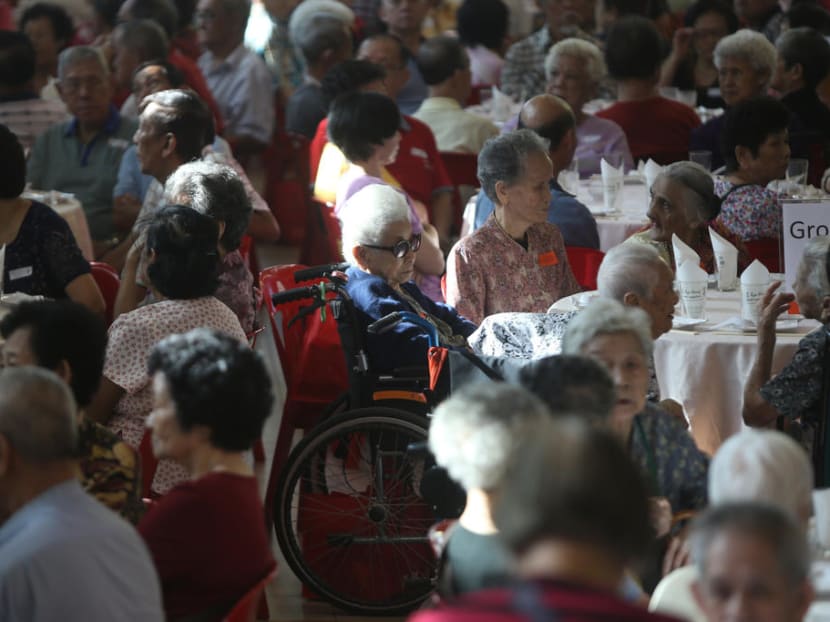Rethink what food security means for needy families
While Singapore came out on top in a global food-security index by the Economist Intelligence Unit last year, more attention should be paid to the food insecurity experienced by disenfranchised and vulnerable groups.

Instead of assuming their needs, more organisations helping needy families should consider empowering them to choose the food items they require, the writer says.
While Singapore came out on top in a global food-security index by the Economist Intelligence Unit last year, more attention should be paid to the food insecurity experienced by disenfranchised and vulnerable groups.
There is a need to reframe the narrative on how we think about food insecurity. It should not only be understood in terms of accessibility to basic food supplies, but should be expanded to consider if these groups have access to nutritious and healthy food.
In this regard, food insecurity is likely to result in adverse health conditions, such as diabetes, high cholesterol and heart disease.
These will have a pile-up effect on their employability, which can lead to lower earnings and other social problems. This, in turn, will make it even harder for them to escape the vicious circle of relative poverty.
I support the call by non-profit group Keeping Hope Alive for us to rethink how we can best help low-income households achieve food security.
Volunteers and organisations should move away from the framework of assuming the food items that these households need. They should try to get a better grasp of the needs, challenges and life circumstances surrounding each of these households.
Today, food packages given by community and welfare organisations may comprise items that are unhealthy or not useful to the beneficiaries. Many have an excess of the same food items owing to uncoordinated giving by various organisations.
This not only fails to tackle the issue of food insecurity, but also contributes to food waste.
Therefore, this one-size-fits-all approach needs to change to accommodate the increasingly complex challenges that families and individuals are facing.
Perhaps these organisations could consider an approach where the households are empowered to choose the food items they need. This can be in the form of supermarket, community-assistance vouchers or discounted food items.
Some charities, sponsors and grassroots organisations are already doing this. For instance, needy residents from Henderson, Chong Pang and Tampines have had the opportunity to get what they want from pop-up supermarkets either at a discount or for free.
The Agency for Integrated Care, People’s Association, social-service agencies and companies can explore and work together to expand these projects islandwide.
Having said that, consideration should also be given to people with disabilities or elderly residents who are unable to leave their homes, so that they will not be left out.
This approach will act as a catalyst to close the gaps in the food insecurity faced by vulnerable groups.
Have views on this issue or a news topic you care about? Send your letter to voices [at] mediacorp.com.sg with your full name, address and phone number.






